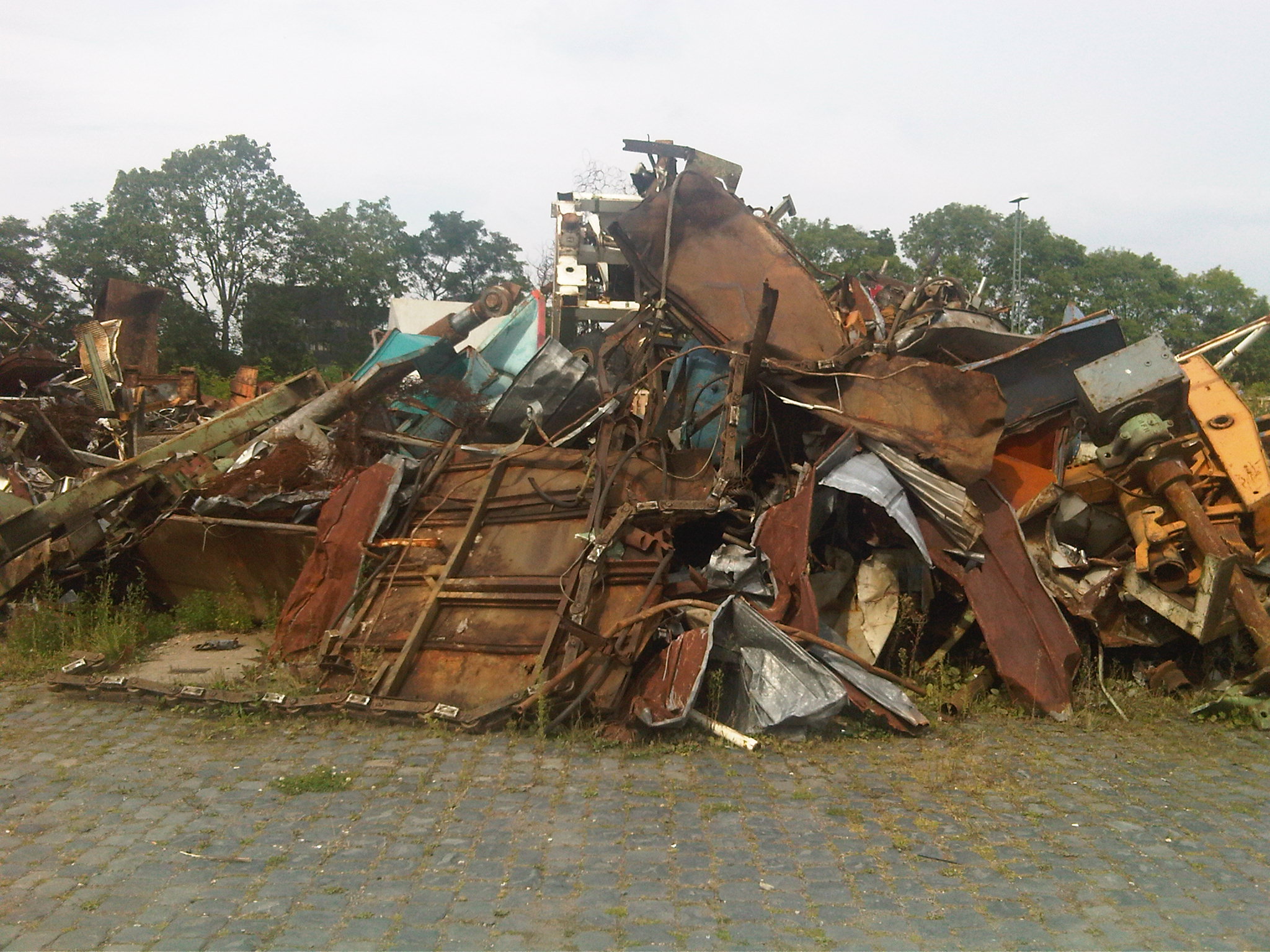
The magnificent heap of scrap metal deposited at the end of the Hauptbahnhof venue in Kassel during Documenta (13) actually had a label! It turned out that the pile of rubbish did not normally occupy the site. The pile had a title, Momentary Monuments, and it had been placed there by Lara Favaretto, an Italian artist born in Treviso in 1973, and now working in Turin. Favaretto had recuperated no less than 400 tons of metal from scrapyards and recycling centres and simply dumped the lot on the no man’s land behind the Hauptbahnhof in Kassel. Here, on this desolate plot, the pile of metal with its different shades and shapes made an overwhelming impression. The heap was composed of metal sheets, pipes and other components that had once served more glorious functions but which were now just lying there unused; their sole purpose, it seemed, was to let their evidently aesthetic qualities give us pleasure. Because scrap metal is intended to be reused in the production cycle of our consumer society, the monument is automatically understood to have a temporary status – hence its title Momentary Monument IV.

Shortly before my visit to Kassel, a painting by Egbert van der Poel (1621-1664) representing a view of Delft after the gunpowder explosion of 1654 had turned up at auction with Van Spengen. Fully signed and dated, the panel depicts the city of Delft after the dramatic explosion of the gunpowder arsenal on 12 October 1654, at 10.15am. The arsenal was located on the edge of the city centre, just beyond the right-hand edge of Van der Poel’s painting. It is fascinating to see how Van der Poel rendered the havoc wreaked by the blast, which killed hundreds of people including the painter Carel Fabritius: realistic, with an eye for detail, yet at the same time showing a sensitivity to the pictorial beauty hidden in the debris of ruined houses and piles of rubble. The towers of the Oude and the Nieuwe Kerk stand out sharply against the blue sky, while the surviving walls in the vicinity are marked by a subtle interplay of browns, whites and greys.
Egbert van der Poel’s composition must have been extremely popular at the time, as he produced numerous versions. In each he slightly varied the figures in the foreground. In the painting offered by Van Spengen the most striking figure is that of the boy lying face down in the foreground. He is surrounded by manuscripts and books. In other versions we witness the explosion itself and figures can be seen running away from danger. The momentary beauty of rubble and wreckage is widely recognised nowadays. So-called disaster tourists queueing at the scene of an accident bear witness to this phenomenon. As I am writing this, many of my fellow countrymen and women are heading to the rivers to catch a glimpse of the rising water. It is the temporary nature of these phenomena that makes them even more beautiful! And that is exactly what Lara Favaretto and Egbert van der Poel, each in their own way, have captured so brilliantly.


